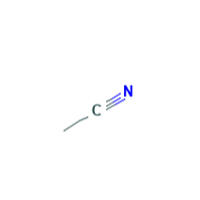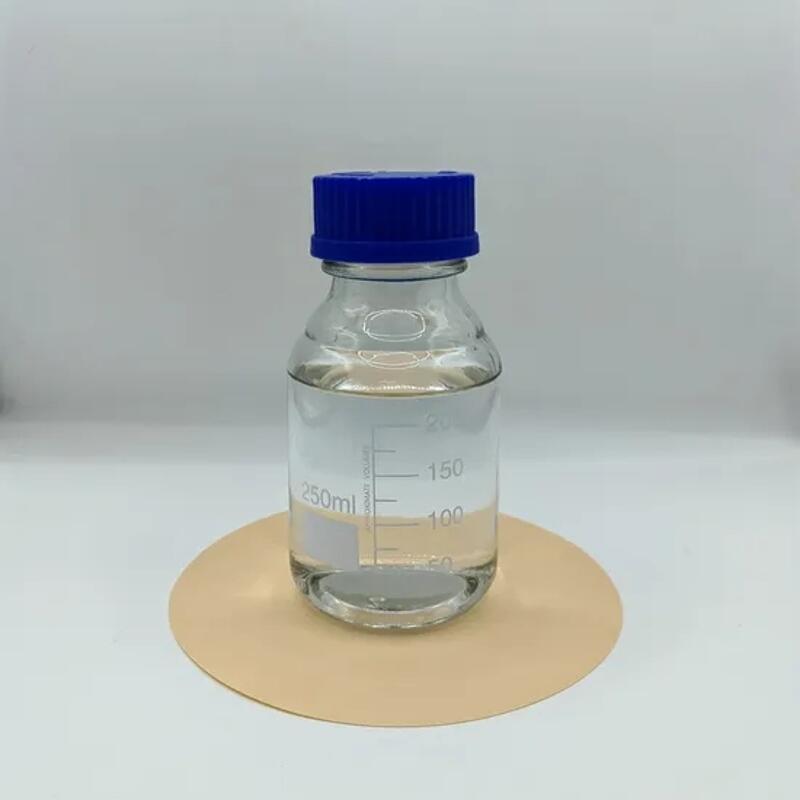-
Categories
-
Pharmaceutical Intermediates
-
Active Pharmaceutical Ingredients
-
Food Additives
- Industrial Coatings
- Agrochemicals
- Dyes and Pigments
- Surfactant
- Flavors and Fragrances
- Chemical Reagents
- Catalyst and Auxiliary
- Natural Products
- Inorganic Chemistry
-
Organic Chemistry
-
Biochemical Engineering
- Analytical Chemistry
-
Cosmetic Ingredient
- Water Treatment Chemical
-
Pharmaceutical Intermediates
Promotion
ECHEMI Mall
Wholesale
Weekly Price
Exhibition
News
-
Trade Service
Nitronaphthalene is an important aromatic hydrocarbon that is widely used in the chemical industry.
Its production process involves several steps, including the nitration of naphthalene and the purification of the resulting product.
In this article, we will take a closer look at the production process of 1-nitronaphthalene.
Step 1: Nitration of Naphthalene
The first step in the production of 1-nitronaphthalene is the nitration of naphthalene, which involves the addition of nitric acid to naphthalene.
This reaction is exothermic, and it is typically carried out in a stainless steel reaction vessel, with the mixture being heated to a temperature of around 80-90 degrees Celsius.
The nitration of naphthalene is often carried out using a mixture of nitric and sulfuric acids, as this can increase the efficiency of the reaction.
The reaction is typically carried out for several hours, with the mixture being stirred to ensure that the reactants are evenly distributed.
Step 2: Purification of Nitronaphthalene
After the nitration reaction is complete, the resulting mixture is typically filtered to remove any insoluble impurities.
The filtrate is then treated with activated carbon, which adsorbs any remaining impurities, including any remaining nitric acid.
The purified nitronaphthalene is then typically distilled to remove any remaining impurities and to produce a pure sample of 1-nitronaphthalene.
During the distillation process, the mixture is heated, and the resulting vapor is condensed back into a liquid, which is then collected and analyzed to determine its purity.
Step 3: Recovery of Nitronaphthalene
Once the 1-nitronaphthalene has been purified, it is typically recovered by a process known as solvent extraction.
In this process, the purified nitronaphthalene is dissolved in a solvent, such as ether or benzene, and the resulting solution is then mixed with a second solvent, such as diethyl ether or n-butanol.
The second solvent is more soluble in water than the first solvent, and as a result, it will dissolve the nitronaphthalene, which can then be separated from the water phase.
Step 4: Crystallization of Nitronaphthalene
After the 1-nitronaphthalene has been recovered, it is typically crystallized to produce a pure, solid sample.
This is typically done by dissolving the nitronaphthalene in a solvent, such as benzene or toluene, and then allowing the solution to cool slowly.
As the solution cools, the nitronaphthalene will crystallize out of solution, and the resulting crystals can be collected and dried to produce a pure sample of 1-nitronaphthalene.
Conclusion
The production process of 1-nitronaphthalene involves several steps, including the nitration of naphthalene, the purification of the resulting product, the recovery of nitronaphthalene, and the crystallization of the product.
Each of these steps is critical to the success of the process and must be carried out carefully to ensure the production of a pure, high-quality product.
With proper management and control of the process, the production of 1-nitronaphthalene can be a safe and efficient process for the chemical industry.






